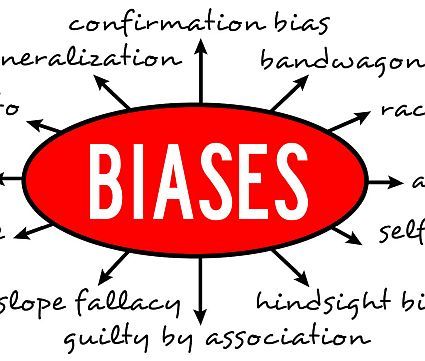It’s human nature to have biases. We tend to see things the way we want to see them. We find facts and evidence that support our experience or what we want to believe. Our propensity to do this causes us, perhaps unconsciously, to defend the status quo.
But this doesn’t mean we are right. The doesn’t mean we are seeing things the way they are.
Ignoring this puts us at huge risk. We may be making mistakes. We may have missed something. Things may have changed and we are ignoring, consequently vulnerable to consequences of that change.
We must continue to pose the question, “But what if we are wrong?”*
One of the things I most deeply appreciate about my training as a scientist and engineer is that question was always at the core of everything we did. As convinced as we might have been about how correct our hypothesis might be, until we had rigorously tested and challenged it, trying to see if we were wrong, we couldn’t accept the hypothesis. The foundations of all science is rigorous testing of the ideas.
Too often, in business, leadership, selling (and in our societal interchanges), we fail to test our thinking or our positions. There are all sorts of biases we allow ourselves to be victims of, perhaps unconsciously.
We are biased to preserve the status quo. We have a tendency to find data or others that support our position–confirmation bias. We find comfort in numbers, if everyone believes what we believe, then how can we be wrong (bandwagon effect). Survivorship and hindsight biases cause us to place to much confidence in what has happened in the past, ignoring what may have changed or be changing. Anchoring and availability biases tend to have us rely on first impressions and information that is available to us, but which may be incorrect.
And the famous Dunning Kruger effect shows us how we have a tendency to overestimate our competence and knowledge, preventing us from questioning ourselves–when that may be the most important thing for us to be considering.
As sellers, we are challenged to help our customers to see things differently. We want them to think about change. We want them to consider their current course may be incorrect. We expect them to think, “Maybe we have been wrong….” But sometimes, we limit ourselves by not putting ourselves in the customers’ shoes, seeing things the way they see them. As a result, we can’t bridge the gap and we and our customers are trapped in not seeing things differently.
How often do we, sellers, challenge ourselves similarly? How often to we consider “we may be wrong?” Or, “things have changed, maybe we should change?” Or, “there might be a better way?”
It’s strange, particularly when we see performance systemically falling, rather than testing our assumptions and premises, asking ourselves whether we might be wrong; we tend to double down, focusing on doing more.
Or as leaders, we misjudge our people, thinking they may be wrong, when they may not be.
If we are to progress and grow. If we want to maximize our performance, we must constantly challenge ourselves and our thinking. We must ask, “What if we are wrong?” “What should we change?”
Afterword: Be sure to read a terrific post by Seth Godin, “But what if I’m wrong?”

Leave a Reply